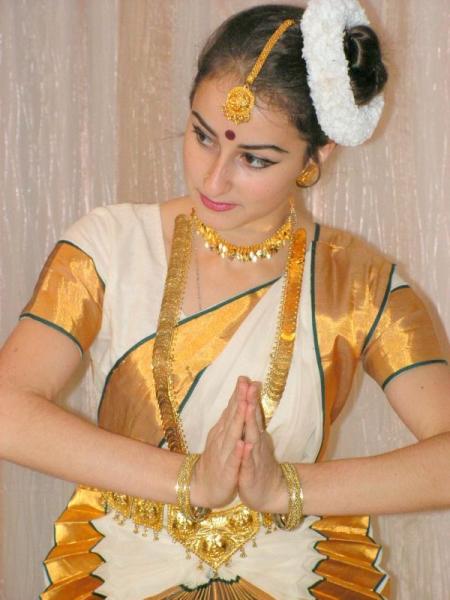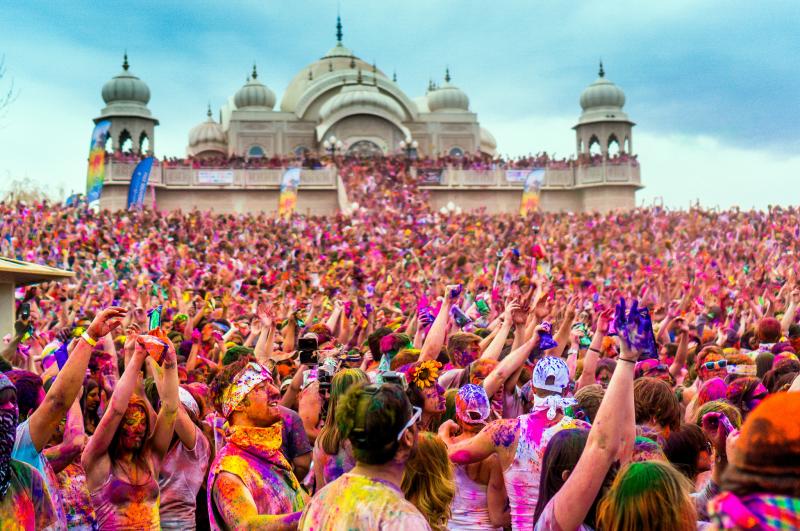Indian Culture and traditions
Indian Culture and traditions are something which has now become renowned all across the world. We all refer to India and its culture as something very diverse and unique. But seldom do we give a thought to why things are done in certain specific ways. Indian Culture is full of several unique customs and traditions, which outsiders might find really intriguing. Most of these originate from the Ancient Indian scriptures and texts, which have dictated the way of life in India for thousands of years.
1. The Namaste

Namaste! (Source)
The namaste is one of the most popular Indian customs and isn't really just restricted to the Indian territory anymore. You have Barack Obama, who has been seen doing it on various occasions, or you had Ban Ki-moon, the UN Secretary-General, greeting everyone with a namaste at the Times Square in New York on the first International Yoga Day. But, what's the significance? The Namaste, or namaskar, or 'namaskaara' is one of the five forms of traditional greetings mentioned in the ancient Hindu scriptures, the Vedas. It literally translates to 'I bow to you', and greeting one another with it is a way of saying 'May our minds meet', indicated by the folded palms placed before the chest. The word namaha can also be translated as 'na ma' (not mine), to signify the reductions of one's ego in the presence of the other.
2. Always a Festive Season

It's always festive in India. (Source)
India also sees a large number of festivals, mainly because of the prevalence of diverse religions and groups. The Muslims celebrate Eid, the Christians have Christmas, good Friday and so on, the Sikhs have Baisakhi (harvesting of crop), and the birthdays of their Gurus and the Hindus have Diwali, Holi, Makar Sakranti, the Jains have Mahavir Jayanti, the Buddhists celebrate the Buddha's birthday on Buddha Poornima, and quite honestly, the number is endless. All of these translate to holidays in our book, of course.
Comments
Post a Comment